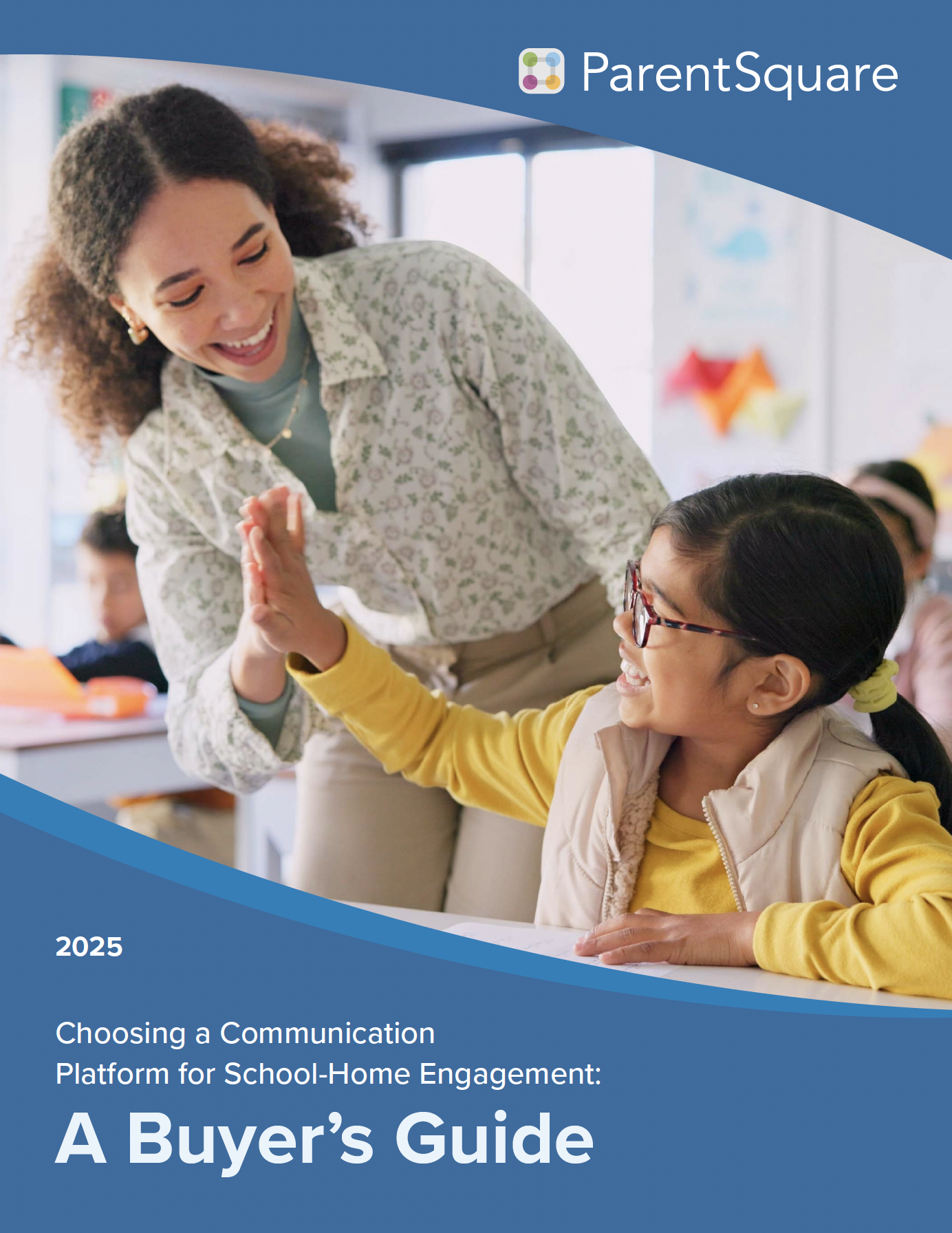

For many years, EdTech tools have added elements of communication into their solutions. I believe the reasons for this are obvious. Of course a Student Information System needs to deliver messages to a parent on things like grades and attendance. A Learning Management System needs to communicate key parts of the curriculum. And we see many cases where legacy EdTech tools, for a variety of good reasons, add communication elements. The question I have is what is the real difference between true family engagement and just communications? While they are most likely always associated, there are nuances.
Information Overload
Let’s start with the parent or guardian experience. In 2022, CoSN reported some interesting findings in their annual EdTech Leadership Survey. In terms of family engagement, a staggering 82% of districts had changed practices, 56% had increased frequency and 52% had increased channels. As a parent or guardian, do you really need more messages from more places? Static messages sent through multiple channels often acting separately aren’t always effective.
As we look to build trust with our families and build our school brand, finding a single place for all interactions is more effective. This can begin to create a more personalized experience for families, ultimately driving engagement and student success. Engagement is personal, targeted and often two-way. Communication is the sending or receiving of the information.
Data, Data, Data…

Edwards Deming, the famous statistician, once said “Without data you’re just another person with an opinion.” How many times have you heard “Our families are very engaged” or said it yourself? I used to say this all the time, blindly, when I was a principal with zero data. The reality is that when I reflect back there were likely many pockets of the community that weren’t as engaged as those active parents I saw daily in the building. Does your current system give you the data on who you are reaching and how they are engaging with your messages and school services?
I recently moderated a panel in Fort Worth at the Texas Public School Relations Association (TSPRA) Annual Conference. One of the school leaders mentioned that of 11,000 students, they have 35 they can’t reach. I asked the other panelists how many students they could not reach and they knew exactly. It was astonishing. Do you know that number? When you have a family engagement platform, you have data that you can bring to the superintendent and school board that can be analyzed over time for positive and negative trends.
Language and Cultural Barriers

Last week in Boston I listened to a great keynote by Dr. Lindsa McIntyre and Artis Street of Boston Public Schools. They discussed DEIB – Diversity, Equity, Inclusion and Belonging – and highlighted translation as a major key to creating belonging in a school system. Think for a minute, have you ever received a communication from your child’s school in a language you can’t understand or read? I have not. Think of the power and connectedness felt the very first time a family reads a newsletter or permission slip in their native language. Powerful.
Texas was recently hit with some unexpected winter weather, and many of our customers shared the positive response they received in sending these messages of school closures not just in English and Spanish but Amharic, Arabic, Vietnamese and more. These are stressful situations for everyone, but we can create safety and a sense of belonging by being aware of language and cultural barriers. Again, engagement is personalized, fosters understanding and often has two-way interactions.
Consistency
People, especially parents, love consistency. We touched on this when I discussed information overload, but this is different. Millard Drexler, the current chairman of J. Crew Group said, “People like consistency. Whether it’s a store or a restaurant, they want to come in and see what you are famous for.” Mr. Drexler also sat on the board of a company called Apple for six years. Consistency in messaging, branding and voice lays the foundation for a school’s success.
Let’s say you are facing a bond or referendum in your community. Has consistent messaging over many months or years built trust? Are there outside sources that aren’t under the governance of the school district that may be impactful to your results? I love this quote from the Executive Director of Communications and Community Relations in Elmhurst Community School District 205 (IL), “We know that we need to be on our toes and keep everyone informed because a lack of information breeds uncertainty which in turn breeds nervousness. Now we are building trust.”
Family engagement is consistent. Communication that is not governed can often be sporadic. I believe that communication focuses on how, what and who you say it to. I believe that engagement is about listening, understanding the person on the other end of communications response and perhaps feedback. I would further opine that engagement is more hands-on and personal while communication can and often happens at a distance. What do you want your families’ experience to be?







